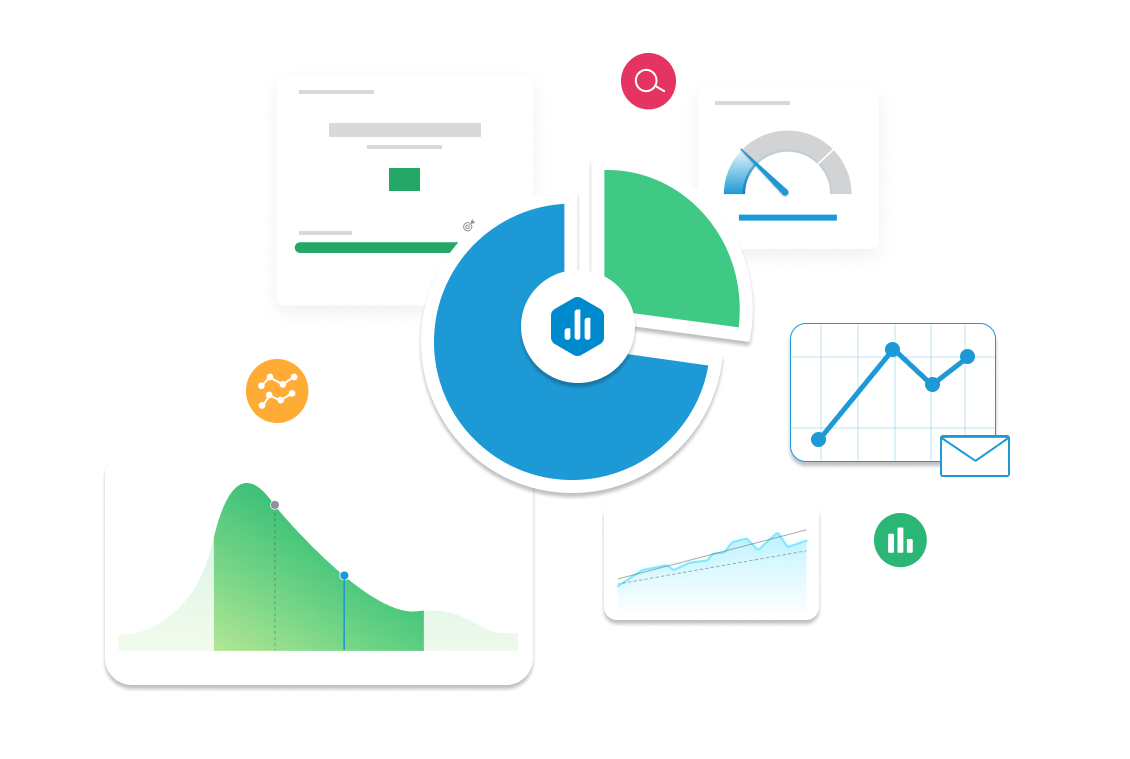Checkout Abandonment Rate
Discover how Checkout Abandonment Rate tracks the percentage of users who start but don’t complete the checkout process. Learn how to monitor, analyze, and reduce this rate to increase completed transactions and revenue.

| Category |
Marketing, Ecommerce |
|---|---|
| Type |
Lagging Indicator |
| Calculation |
Checkout Abandonment Rate (%) = ( Checkout Initiations−Completed Transactions / Checkout Initiations ) × 100 |
| Measure |
Tracks the percentage of users who start the checkout process but leave before completing the purchase, helping identify friction points at the final step. |
| Data Sources: |
Shopify, WooCommerce, BigCommerce, Google Analytics, Klaviyo, Magento, Hotjar. |
| Frequency |
Tracked weekly or monthly to monitor checkout health and optimize conversion paths. |
Example target
Reduce checkout abandonment rate by 10% in Q3 by minimizing form fields, offering multiple payment options, and improving trust signals during checkout.
Example Reports Use Case
A CRO (Conversion Rate Optimization) Specialist tracks Checkout Abandonment Rate to identify where users drop off during the payment process. If abandonment is high, they may A/B test different checkout layouts or enable express payment methods.



